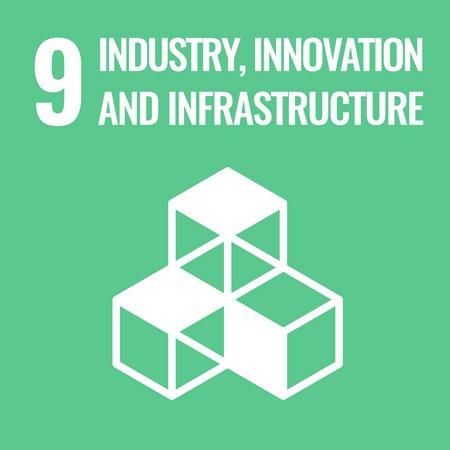We transform the ocean’s abundant seaweed, Sargassum, into a powerful climate solution.
We are the first company to successfully domesticate pelagic Sargassum, the free-floating seaweed capable of thriving in the open ocean. Our proprietary AlgaePonix paddocks enable the year-round harvesting and cultivation of this fast-growing, carbon-hungry seaweed, turning it into a consistent, scalable feedstock for sustainable industries.
From protecting Caribbean beaches to scaling sustainable biomass production in the open ocean, we’re building a zero-waste, nature-based industry that removes gigatonnes of CO₂ whilst valorising Sargassum to create bio-based products for a regenerative future.
United Nations Sustainable Development Goals (SDGs)
8 & 10
Seafields aquafarms will employ thousands of people in economically deprived areas, creating good jobs year round in an industry that is expected to grow exponentially.
13
Seafields will remove carbon from the atmosphere on a large scale, working with dozens of other organisations in the CDR (Carbon Dioxide Removal) sector to achieve the goal of 'net zero' and beyond.
12
Seafields will grow and harvest Sargassum for products that replace fossil fuels, including bioplastics, fertilizers and emulsifiers.
17
No single company can solve the climate crisis alone. Seafields is part of a powerful network of private and public sector partners sharing experiences and helping to raise awareness of the potential of marine biomass.
9
Seafields is a science-based company. With the goal of developing the largest aquafarm in the world, we will pave the way for similar sustainable infrastructure projects.
14
Seafields' aqua farms serve as nurseries for fish and other marine life, helping to create new ecosystems in the open ocean.
Seafields Story
Seafields was born in 2021, but its origins trace back slightly further to when founder Sebastian Stephens was investigating sustainable fuel options for island nations , specifically bioethanol, and came across a podcast in which oceanographer Victor Smetacek and Dr. Franziska Elmer spoke about the growing problem of Sargassum and its latent potential. It was this podcast that shifted Sebastian’s thinking: what had been treated as a nuisance could be recast as one of the planet’s most powerful climate solutions.
Sebastian gathered a team of co-founders, including people with marine science, engineering, ocean ecology, climate finance, operational experience, and sustainability backgrounds, to build a company grounded in both scientific rigour and scalable business design. The company emerged against the backdrop of the climate crisis, worsening sargassum influxes across the Atlantic, and growing industrial demand for low-carbon alternatives to land-based feedstocks.










